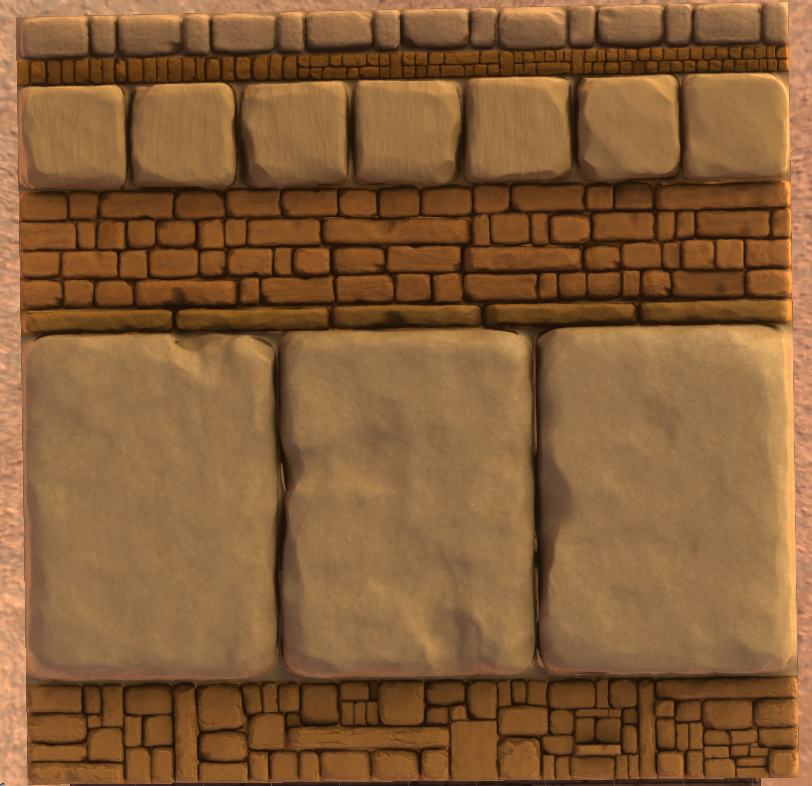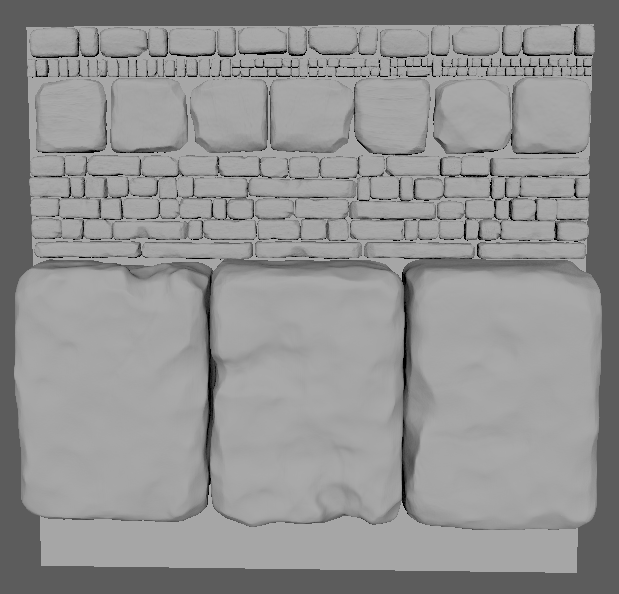Layman's Mumbo Jumbo

The last two weeks have been all about texturing. Myself and "Drunken Doom Dude" each worked on a trimsheet.
Ignorable "information"The high dorito brickable information was roasted onto a square pallete (squallate) which was capable of housing the edgeyness brickables create. positional forces hold the brickables in place, preventing an unleashment of bricktation. Because we can't use traditional mortar as an anti Briktation positional force, instead the squallate is forced into a 2-D environment which cannot facilitate such force in extra dimensions.
Above is how the end result looks in unity, using HDRP. Below are the highpoly bricks in maya.
 Having to write in layman's and techno mumble is kinda tricky. Regardless of what you understood, please leave some thoughts in a comment :)
Having to write in layman's and techno mumble is kinda tricky. Regardless of what you understood, please leave some thoughts in a comment :)
|










